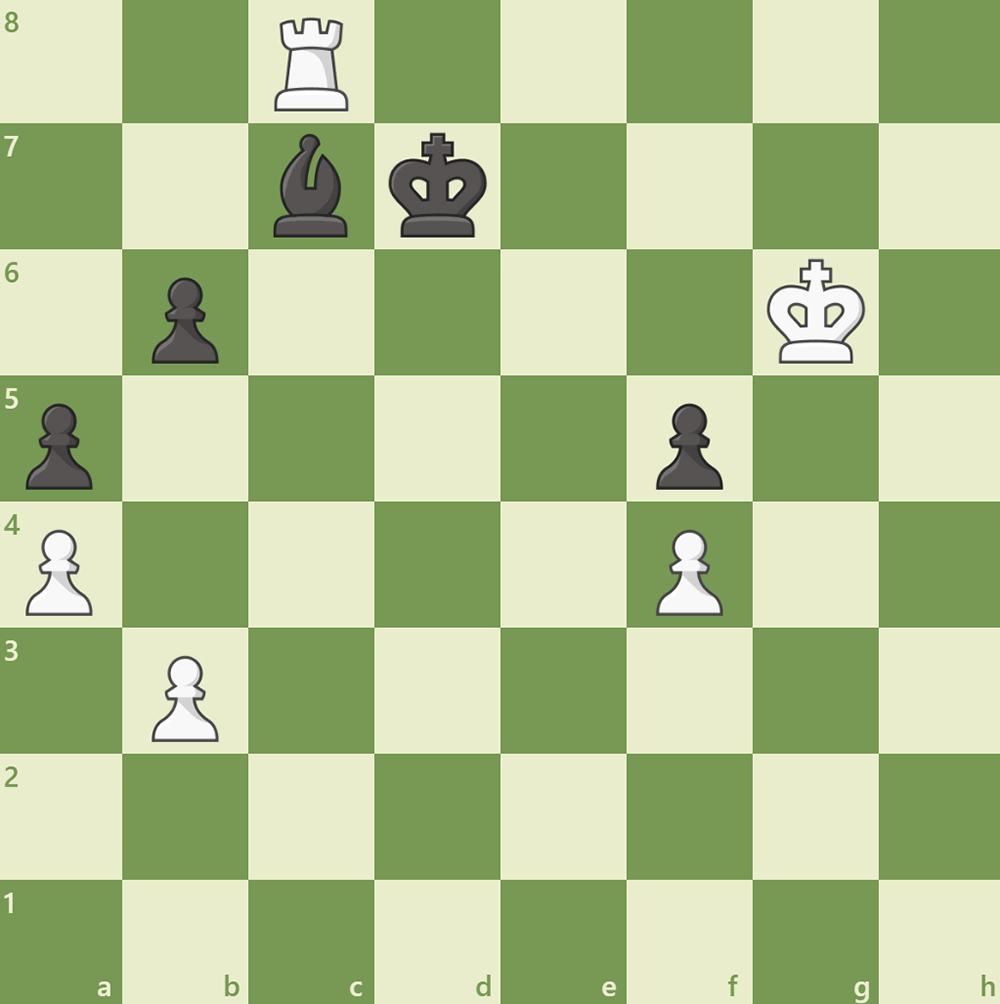
Endgame Tactics
In chess, tactics in the endgame, the final stage of the game in which few pieces remain, are crucial sequences of moves that exploit an

In chess, tactics in the endgame, the final stage of the game in which few pieces remain, are crucial sequences of moves that exploit an
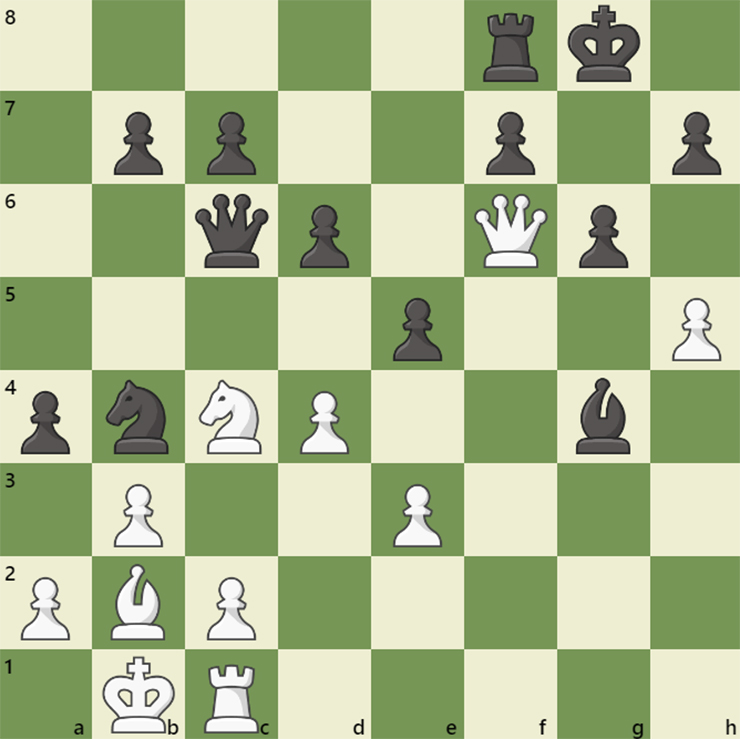
In chess, color complexes are the light and dark squares that dictate control over regional diagonals across the board. Weakening color complexes in one’s opponent’s
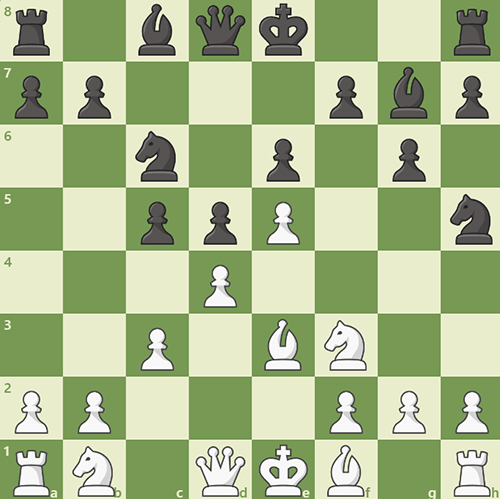
In chess, a trapped piece is one that has no safe escape squares to which it can move without being captured. The idea can be
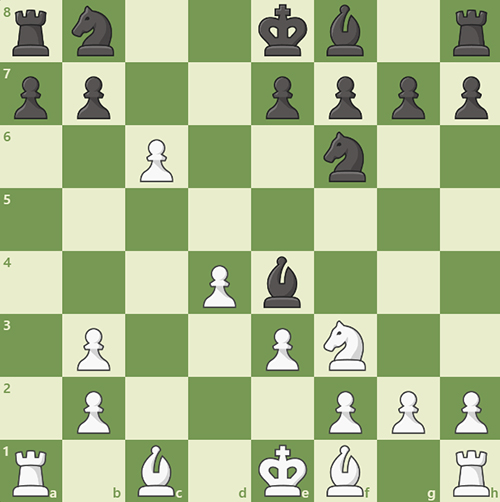
In chess, a passed pawn is a pawn without any opposing pawns in front of it to prevent its progression toward the eighth rank, a

In light of the tragic current events in Israel, unlike most episodes of the Link’s Gambit, which explain particular tactics or ideas, this week’s column
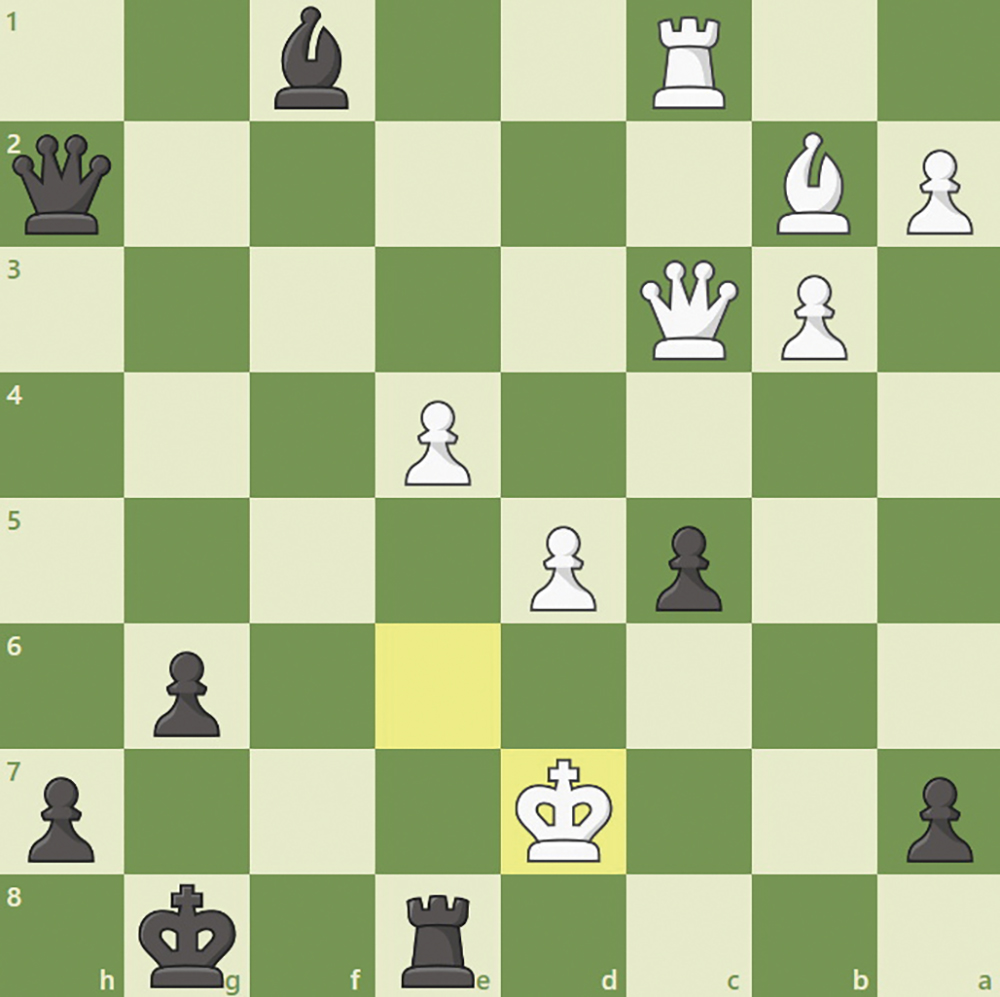
In chess, an X-ray is a move so that a piece defends or controls a square through an interceding piece, typically to defend a piece
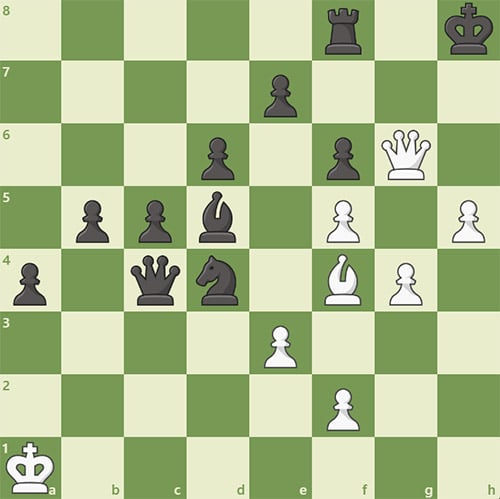
The primary goal in chess is, of course, to win the game. However, when winning is no longer possible, rather than simply accepting defeat, one
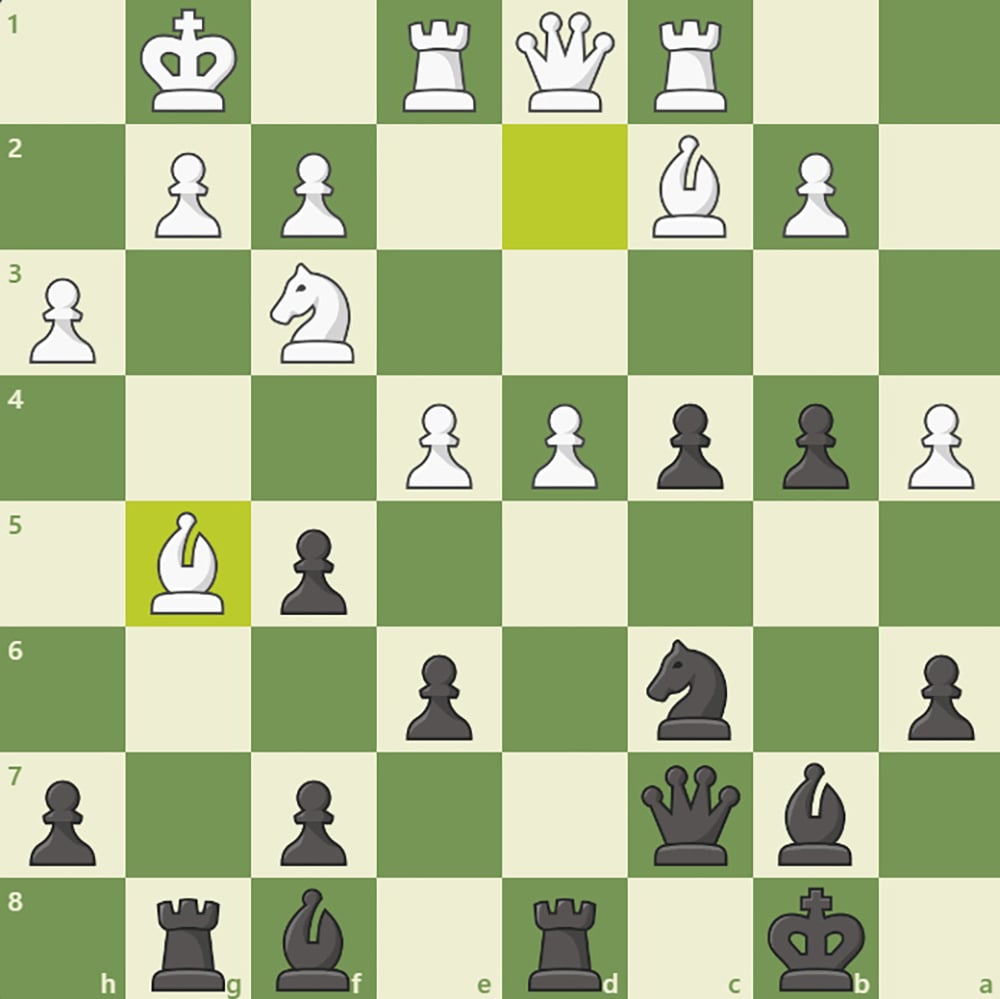
Unlike most episodes of The Link’s Gambit, which explain particular tactics or ideas, this week’s column will instead focus on summarizing the greatest moments from

In chess, underpromotion is the idea of promoting a pawn to a knight, bishop or rook rather than a more powerful queen, typically to avoid
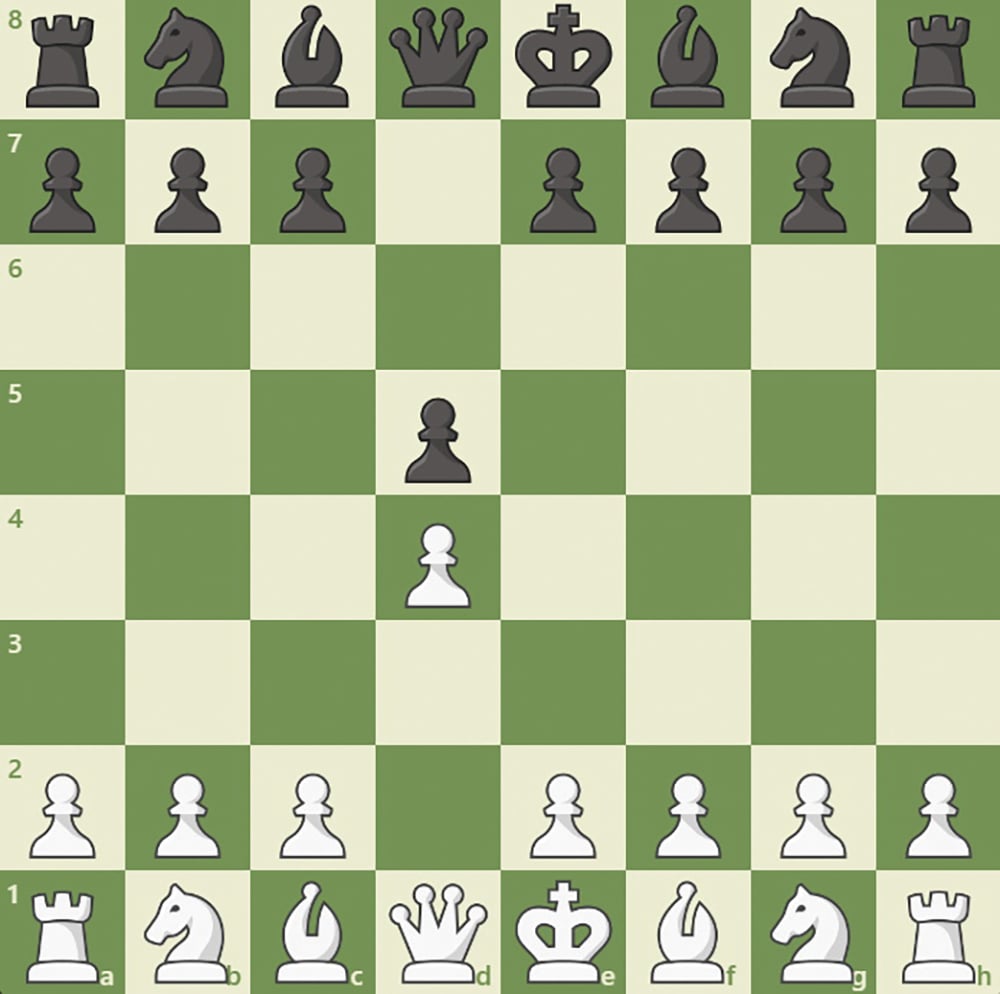
In chess, a positional sacrifice is the giving up of material in exchange for various positional advantages, including taking more space, conquering a particular color
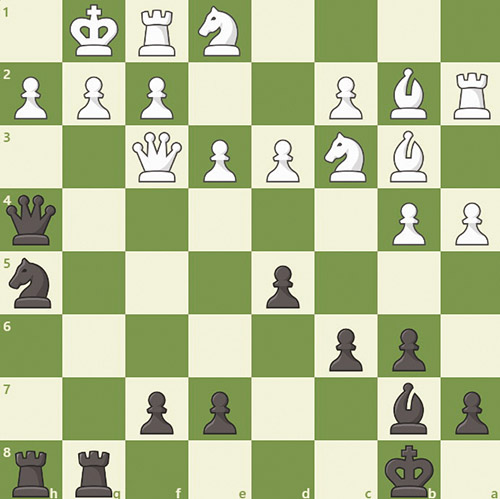
In chess, although it is generally best to have stronger pieces and more of them, occasionally tactical circumstances can occur in which such a material

In chess, prophylaxis is a restricting move or plan that aims to prevent one’s opponent from making an action or executing an idea. This is